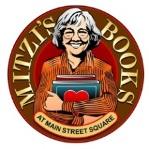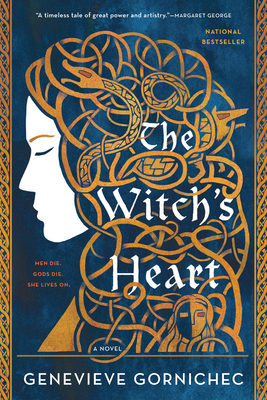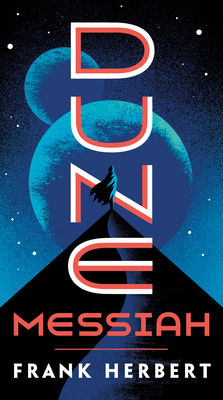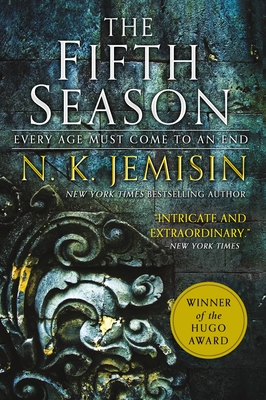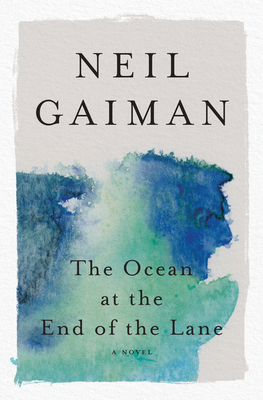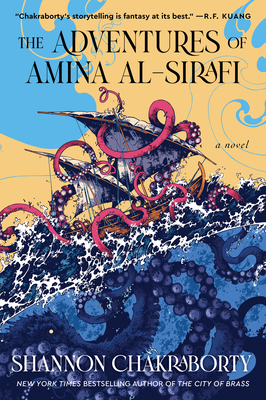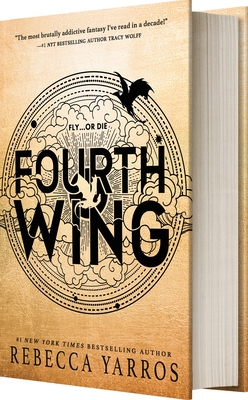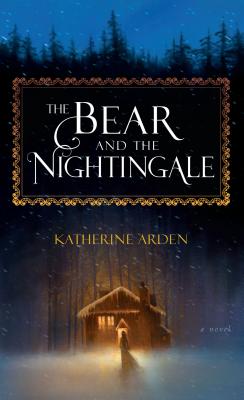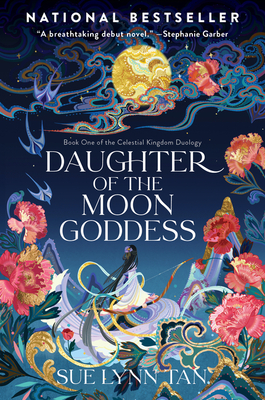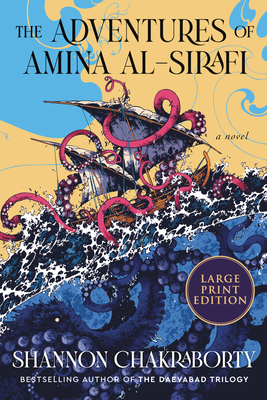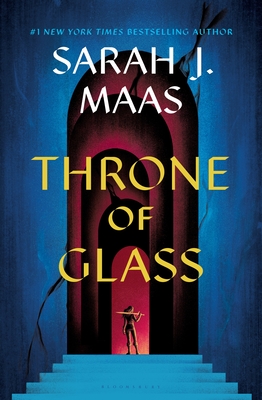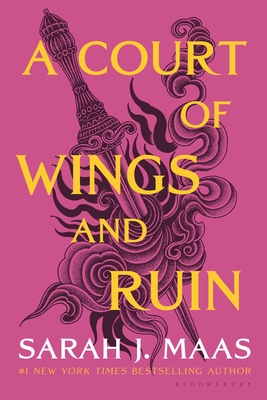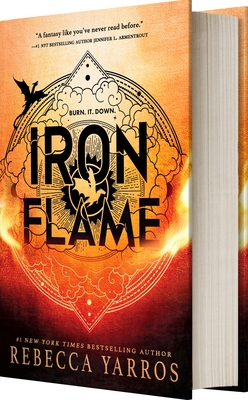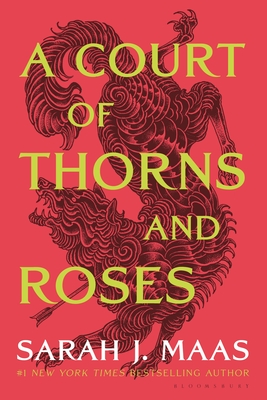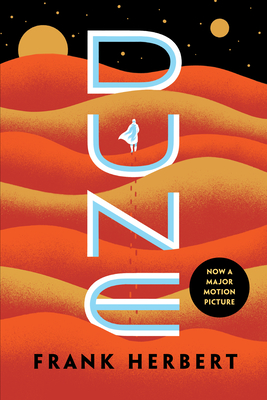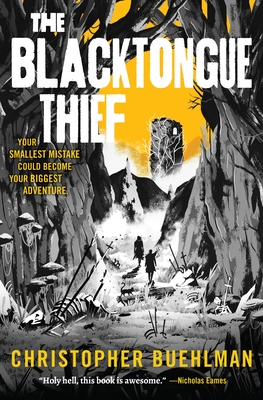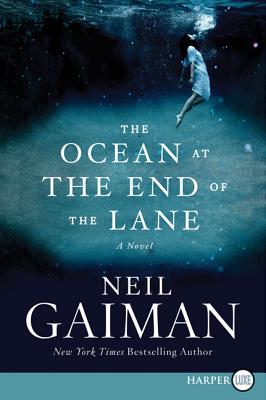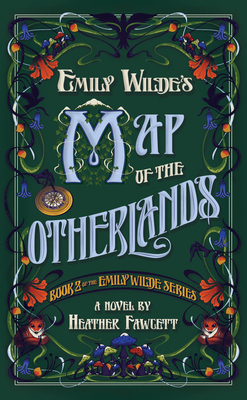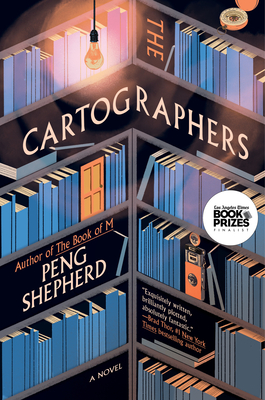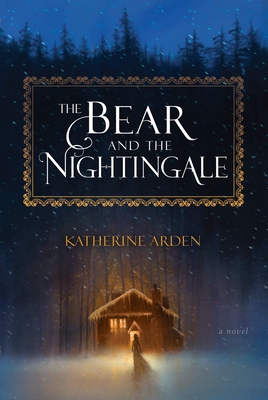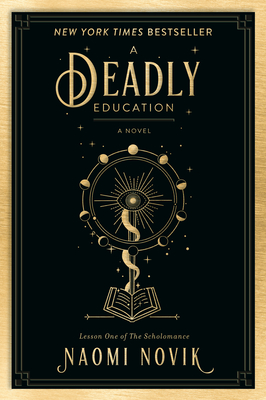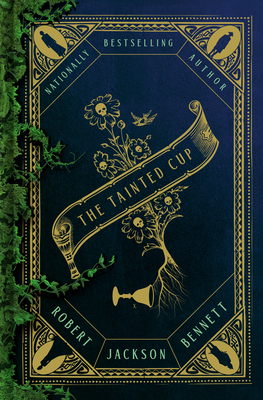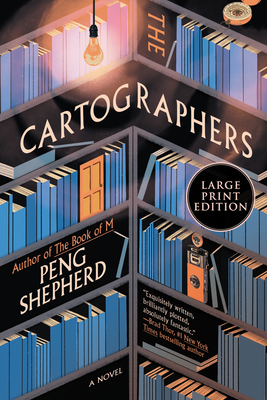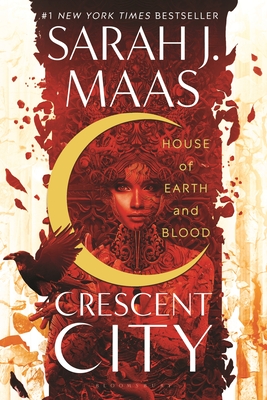
Peter Pan: Peter and Wendy
Description
Peter Pan is a character created by Scottish novelist and playwright J. M. Barrie. A mischievous boy who can fly and never ages, Peter Pan spends his never-ending childhood adventuring on the small island of Neverland as the leader of his gang, the Lost Boys, interacting with mermaids, Indians, fairies, pirates, and occasionally ordinary children from the world outside of Neverland. In addition to two distinct works by Barrie, the character has been featured in a variety of media and merchandise, both adapting and expanding on Barrie's works. Barrie never described Peter's appearance in detail, even in the novel Peter and Wendy (1911), leaving much of it to the imagination of the reader and the interpretation of anyone adapting the character. Barrie mentions in Peter and Wendy that Peter Pan still had all his "first teeth". He describes him as a beautiful boy with a beautiful smile, "clad in skeleton leaves and the juices that flow from trees". In the play, Peter's outfit is made of autumn leaves and cobwebs. His name and playing the flute or pipes suggest the mythological character Pan. Traditionally, the character has been played on stage by an adult woman. In the original productions in the UK, Peter Pan's costume was a reddish tunic and dark green tights such as that worn by Nina Boucicault in 1904 now exhibited in Barrie's Birthplace and by Pauline Chase (who played the role from 1906 to 1913) now displayed in the Museum of London. Early editions of adaptations of the story also depict a red costume but a green costume (whether or not made of leaves) becomes more usual from the 1920s, and more so later after the release of Disney's animated movie. In the Disney films, Peter wears an outfit that consists of a short-sleeved green tunic and tights apparently made of cloth, and a cap with a red feather in it. He has pointed elf-like ears, brown eyes and his hair is dark red. In the live-action 2003 film, he is portrayed by Jeremy Sumpter, who has blond hair and blue eyes, and his outfit is made of leaves and vines. In Hook (1991), he is played as an adult by Robin Williams, with blue eyes and dark brown hair, but in flashbacks to his youth his hair is light brown. In this film his ears appear pointed only when he is Peter Pan, not Peter Banning; his Pan clothing resembles the Disney outfit (minus the cap). In Peter Pan in Scarlet (released internationally in 2006), Geraldine McCaughrean adds to the description of his appearance, mentioning his blue eyes, and saying his hair is light (or at least any colour lighter than black). In this novel, Never Land has moved on to autumn, so Peter wears a tunic of jay feathers and maple leaves. In the Starcatcher stories written by Dave Barry and Ridley Pearson, Peter has carrot-orange hair and bright blue eyes.
